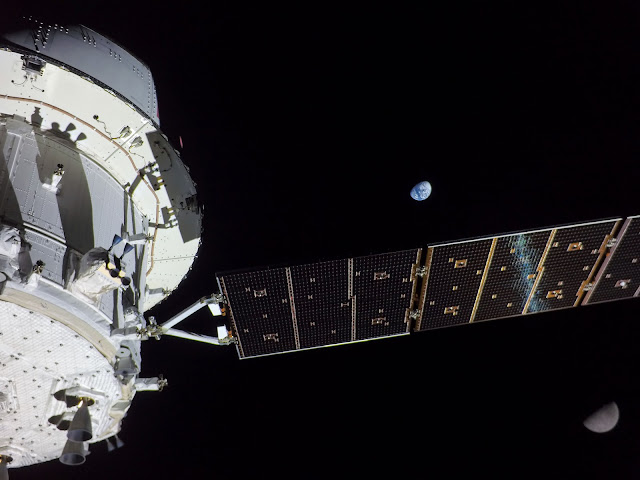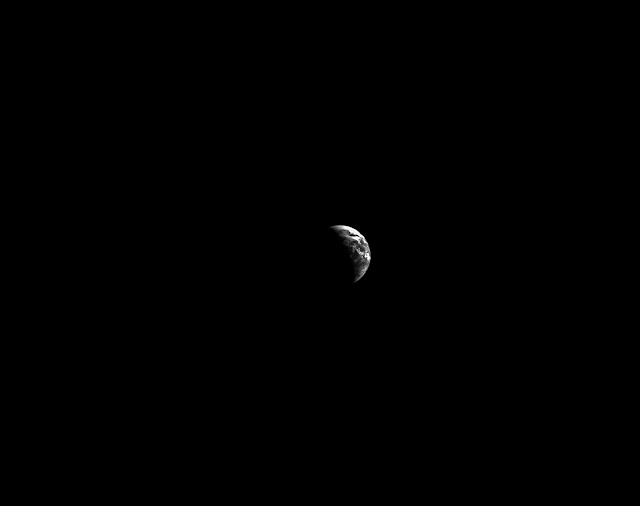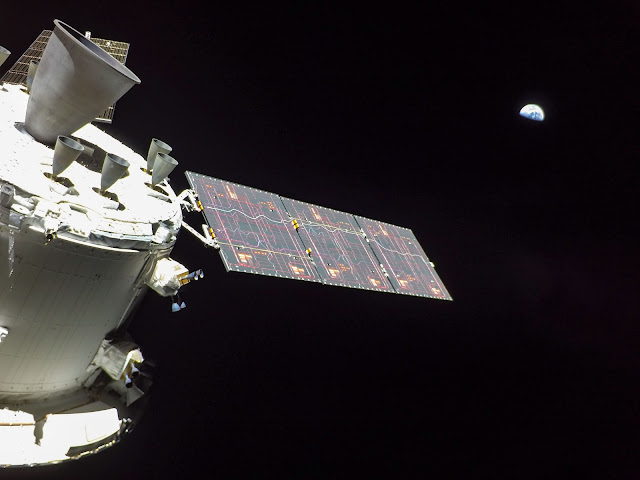Highlights From the First 13 Days | NASA's Artemis I Moon Mission
On Monday, Nov. 28, 2022, Artemis I reached the halfway point of its 26-day mission around the Moon, flying roughly 270,000 miles (434,000 km) from the Earth—farther from our home planet than any spacecraft designed to send humans to space and back has gone before.
From Artemis I's launch at NASA's Kennedy Space Center, to its first "Earthrise", to close-up views of the lunar surface, take a look back at some of the highlights from the first half of this mission.
Artemis I is an uncrewed test of our Space Launch System rocket and Orion spacecraft for future Artemis missions—which will send humans to the lunar surface, develop a long-term, sustainable presence on and around the Moon, and pave the way for humanity to set foot on Mars.
More about Artemis: https://www.nasa.gov/specials/artemis-i/
Credit: National Aeronautics and Space Administration (NASA)
Release Date: Nov. 29, 2022
Duration: 1 minute, 11 seconds
#NASA #ESA #Space #Earth #Moon #Artemis #ArtemisI #Orion #Spacecraft #SLS #Rocket #DeepSpace #MoonToMars #JourneyToMars #Science #Engineering #Technology #Exploration #HumanSpaceflight #SolarSystem #UnitedStates #Europe #International #STEM #Education #HD #Video
.jpg)

























